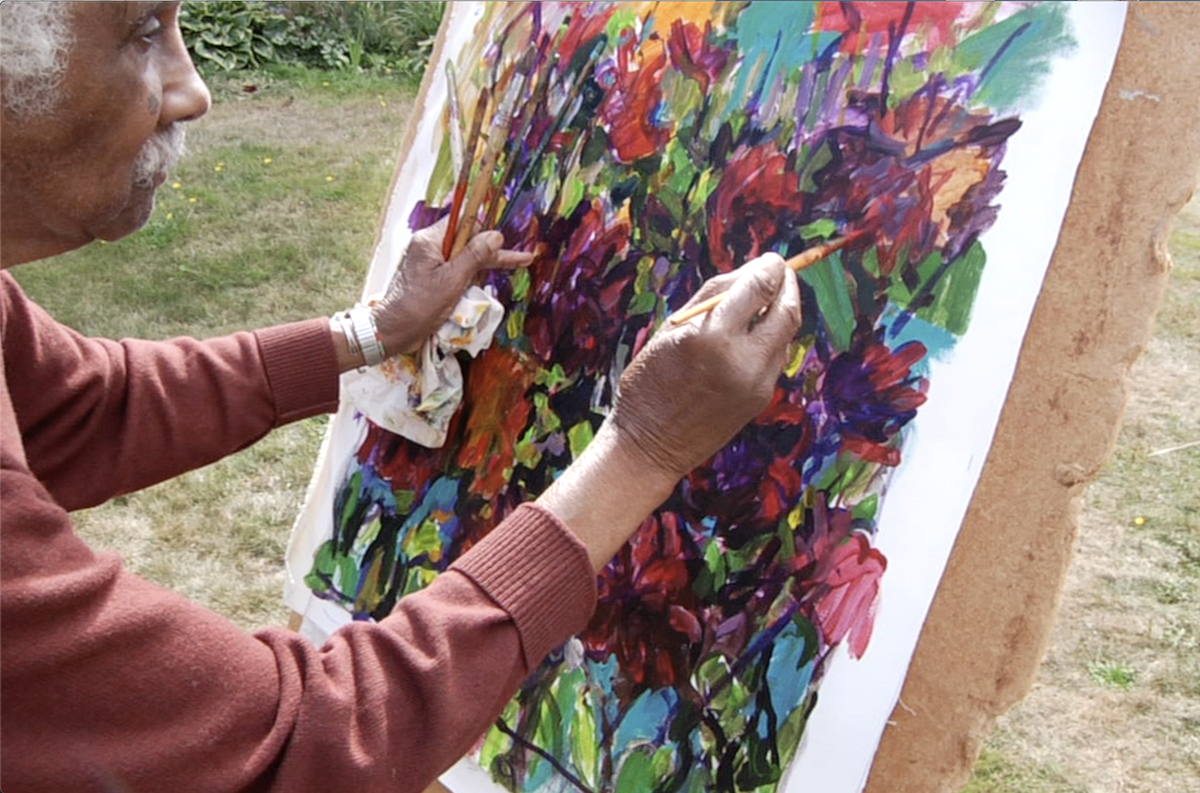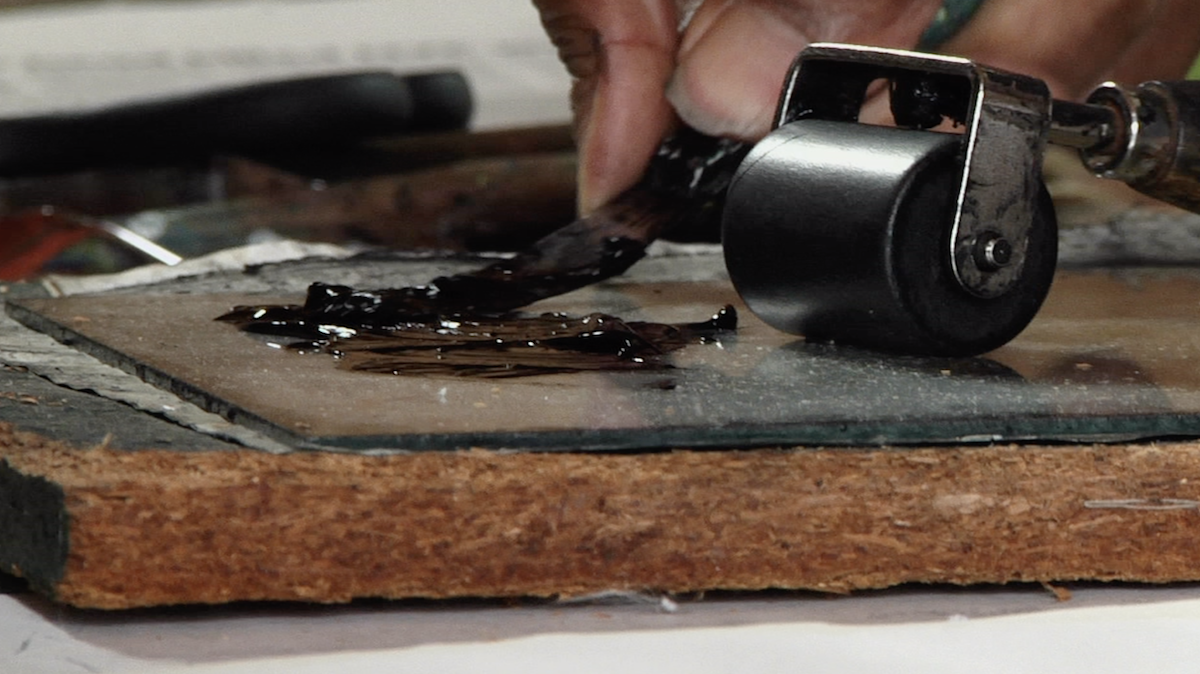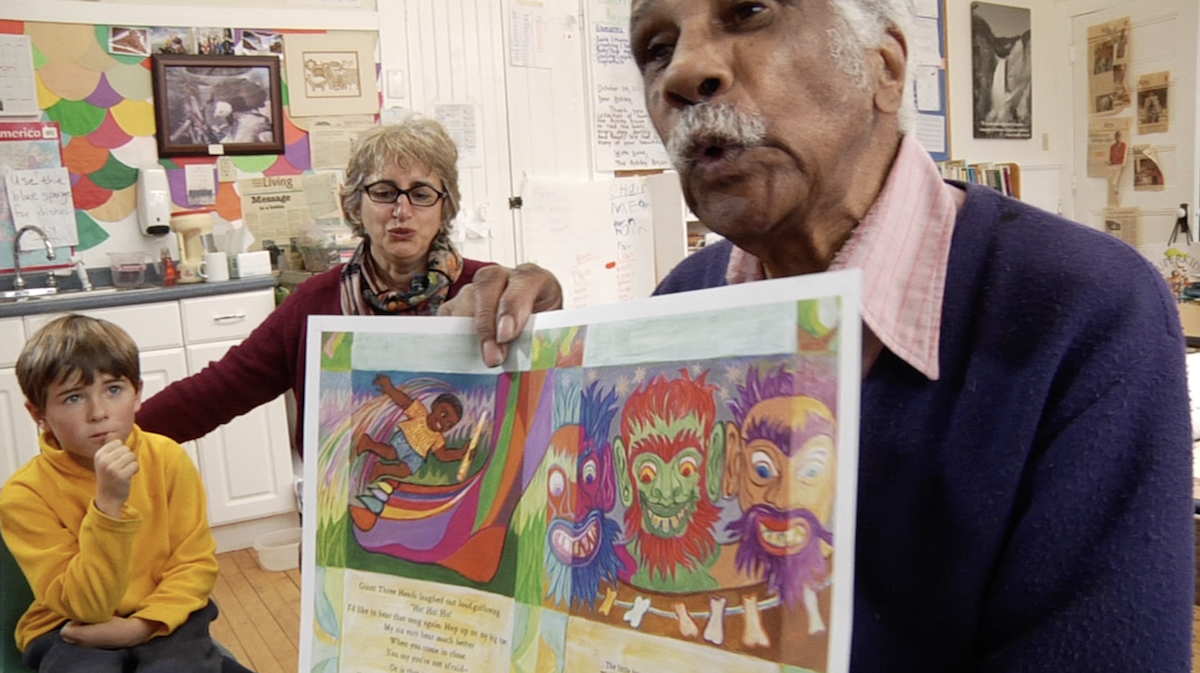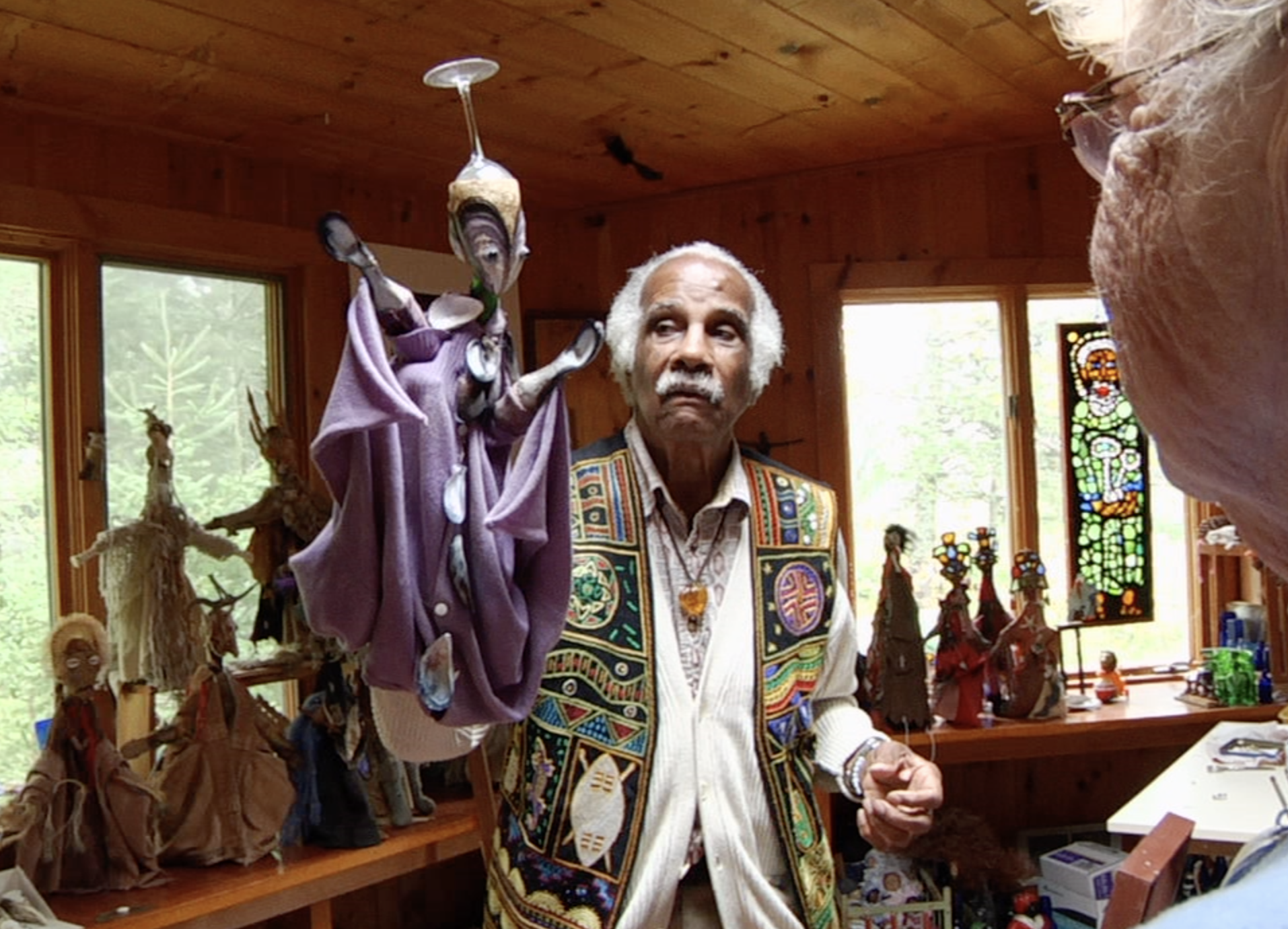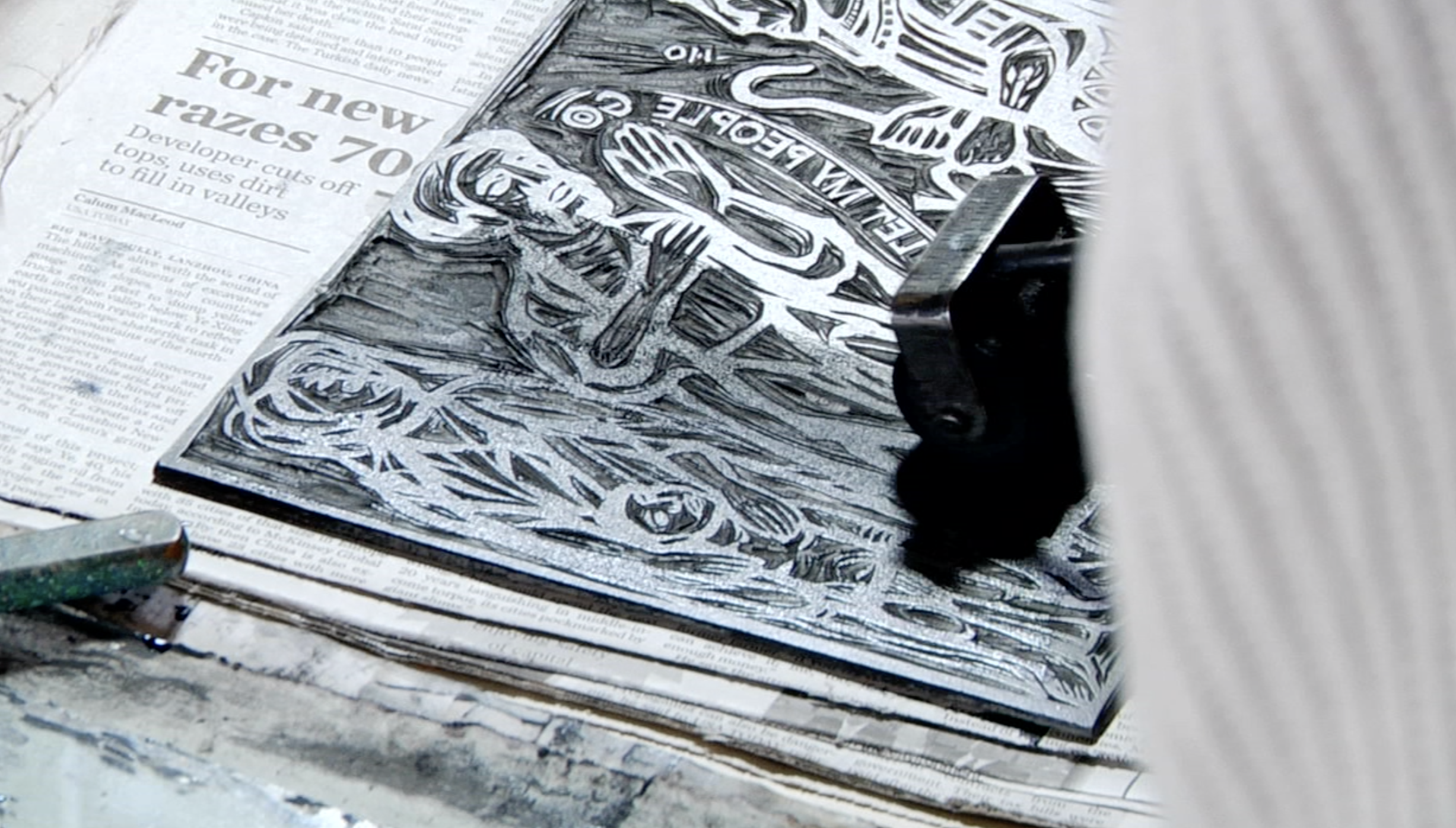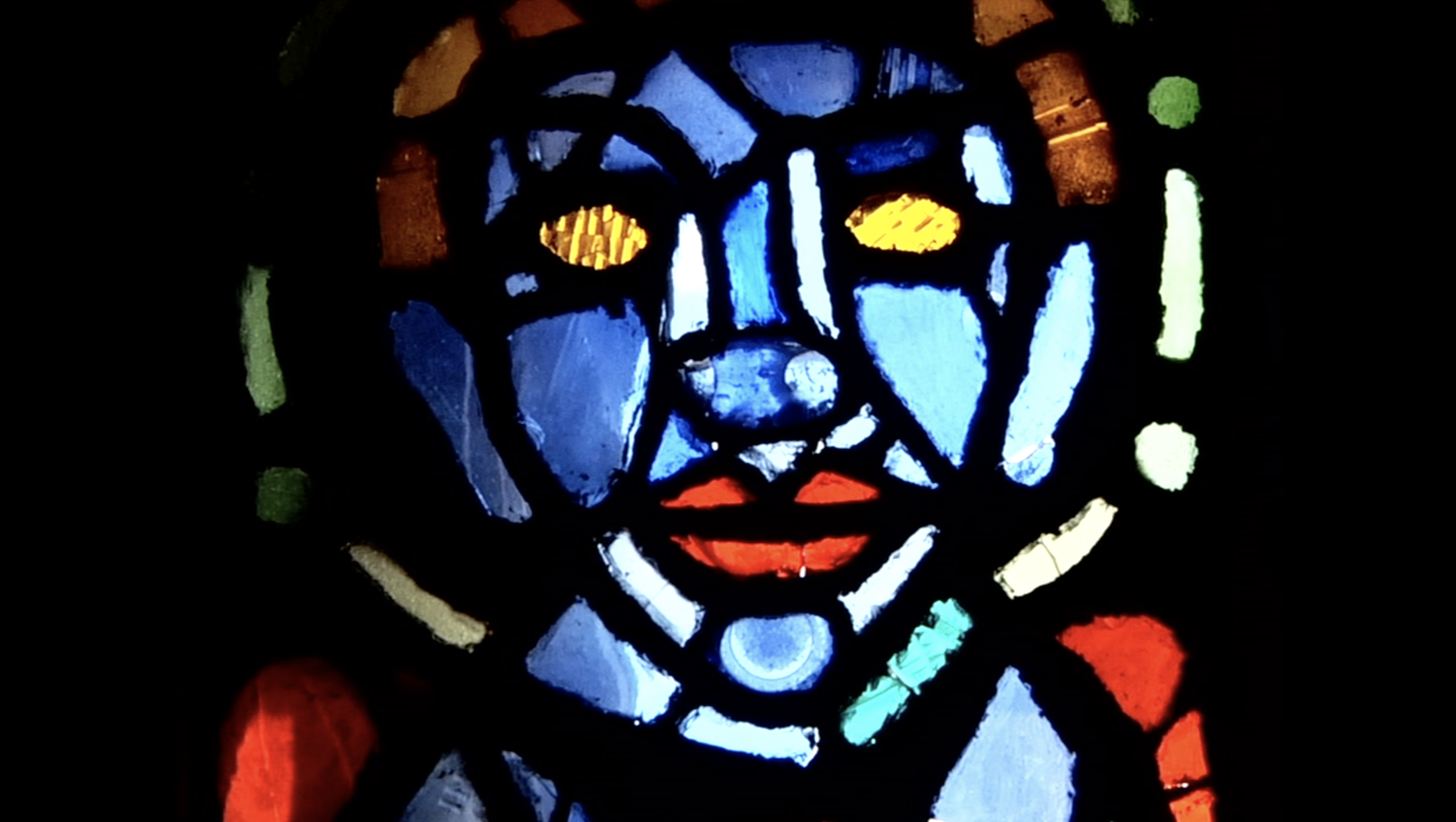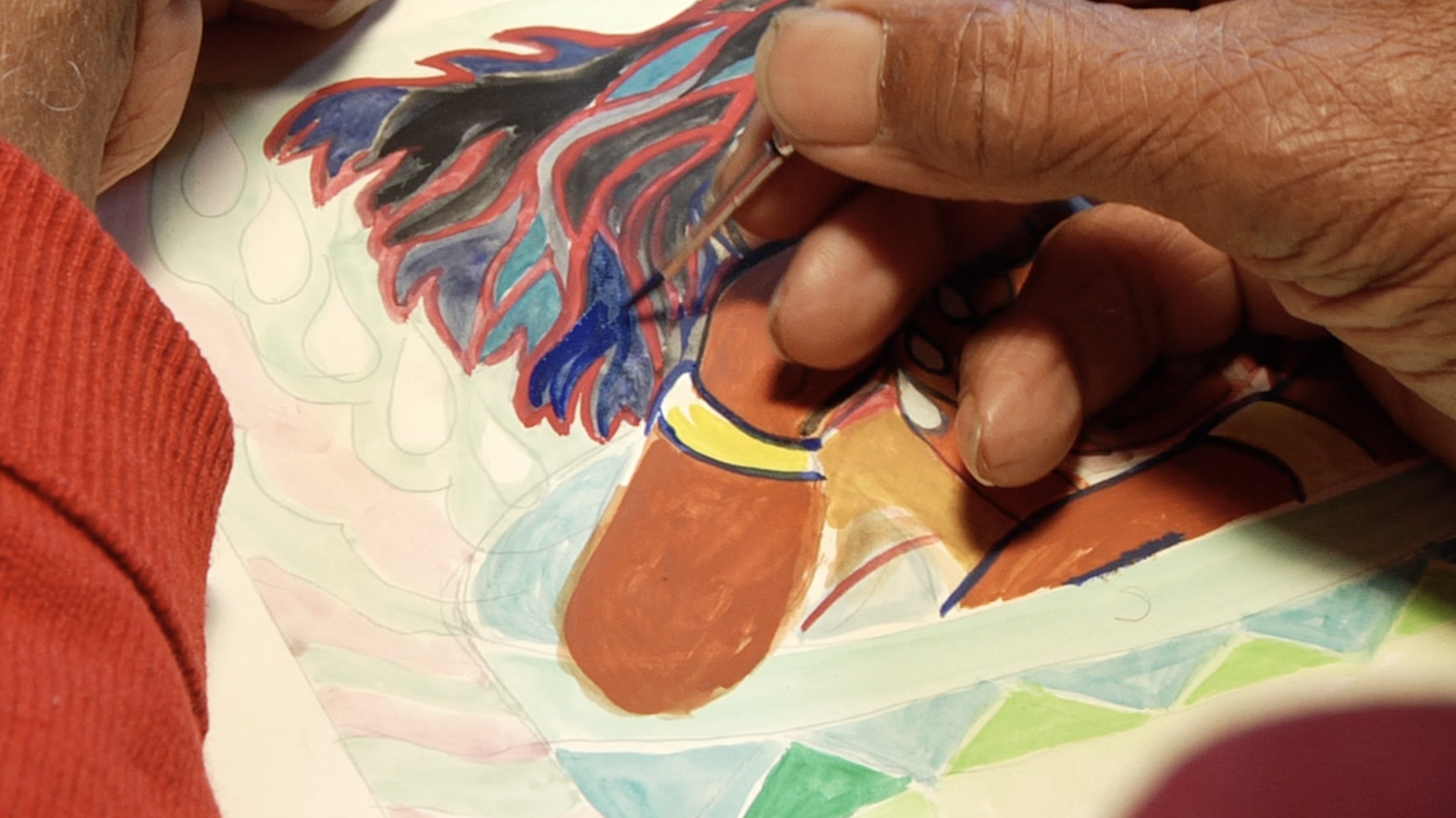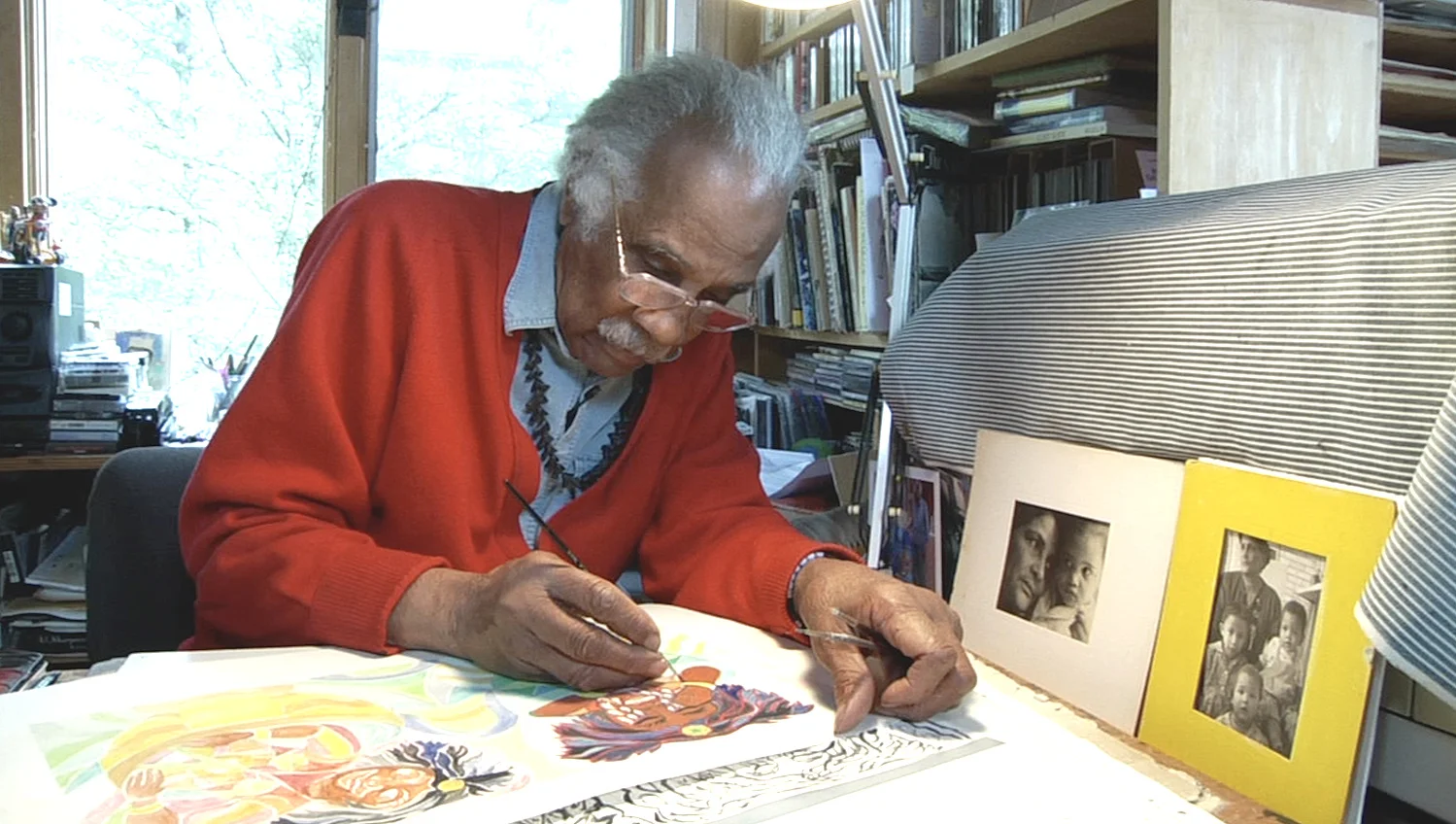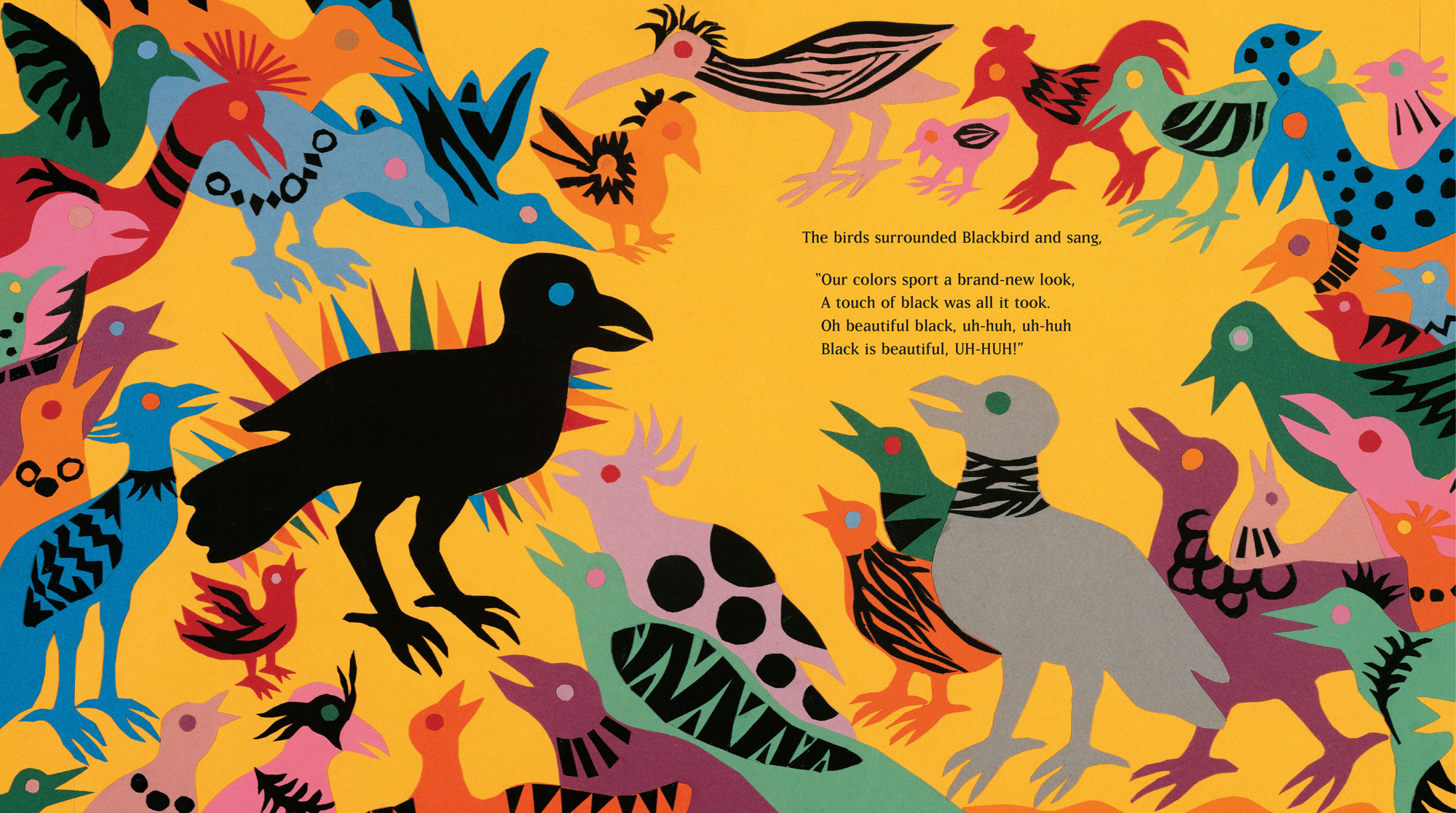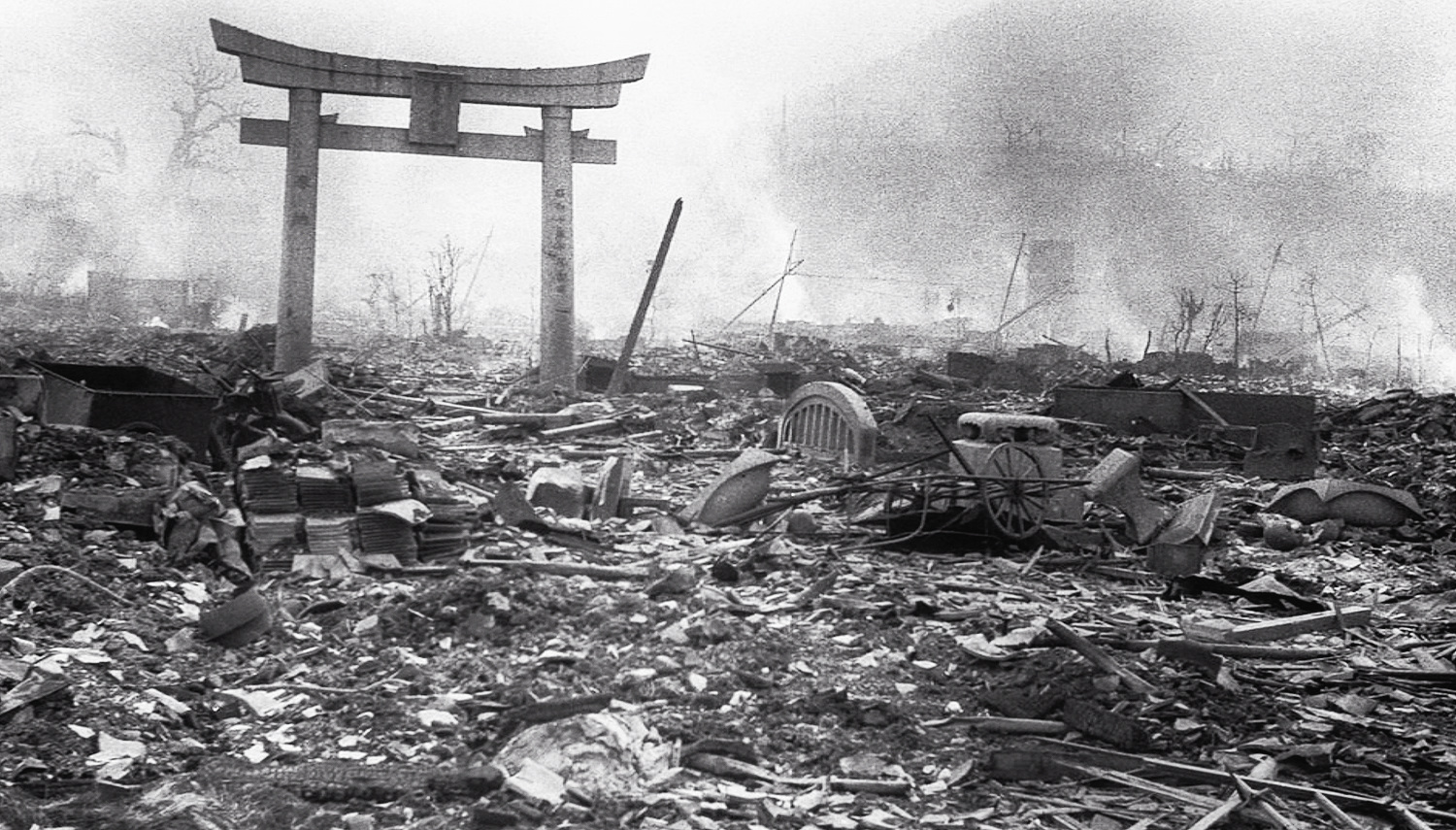Activity: Gordon Parks American Gothic
“The unexamined life is not worth living.” -Socrates
Time required: 30-45 minutes. Common Core State Standards: RH9.1; RH9.6; RH9.9; RI9.2; RI9.6; RI9.9
Essential Questions: What does it mean to be “American”? How does that definition shift across time and people?
Materials:
Activity:
When describing his father’s immigrant experience, Ashley Bryan says they “gave him the mop and the broom” (1:40), a reference to Gordon Park’s famous photograph, Government Charwoman. This activity has students compare the photograph to a panel in Jacob Lawrence’s series The Great Migration and Grant Wood’s painting American Gothic, and then moves into a discussion of how the experience and definition of being an “American” changes across time and people. As much of this activity is discussion-based, think about which questions would be best whole group, in partners, or small group break-outs to keep engagement strong. Use of structured protocols may be helpful in providing an effective framework for students to access the three images; included in the “Additional Resources” section is a link for Thinking Routines from Harvard’s Project Zero, with specific routines listed that are most relevant.
1. Rewatch the section of the film from 1:39-1:52, where Bryan talks about his father’s immigrant experience.
2. Show the image of Gordon Park’s photograph. Ask students what they notice (students may mention that it’s from 1942, that the woman is holding a mop and broom, standing in front of a flag, it’s a photograph, in black and white).
3. Show panel 57 from Jacob Lawrence’s The Great Migration series. Tell students this was a painting Gordon Parks was probably familiar with (shown in 1941). Ask students what they notice (it is a painting, limited colors, has a woman holding a broom in the center).
4. Show students image of Grant Wood’s painting, American Gothic. Tell students that Gordon Parks eventually changed the title of his photograph from “Government Charwoman” to “American Gothic.” Ask students what they notice (students may notice it’s from 1930, is a painting, is a white couple, man holding a pitchfork, standing in front of a barn).
5. Have students discuss what they think each artist was trying to say. Do the two works have different effects on us? How?
6. Remind students of Ashley Bryan’s quote, about how they gave his dad the mop and broom when he arrived in America. What is Ashley Bryan saying about his father’s experience as an American? How does this differ from Parks’ and Woods’ messages?
7. As an extension of this activity, students could illustrate or write what their own message on what being an “American” is.





